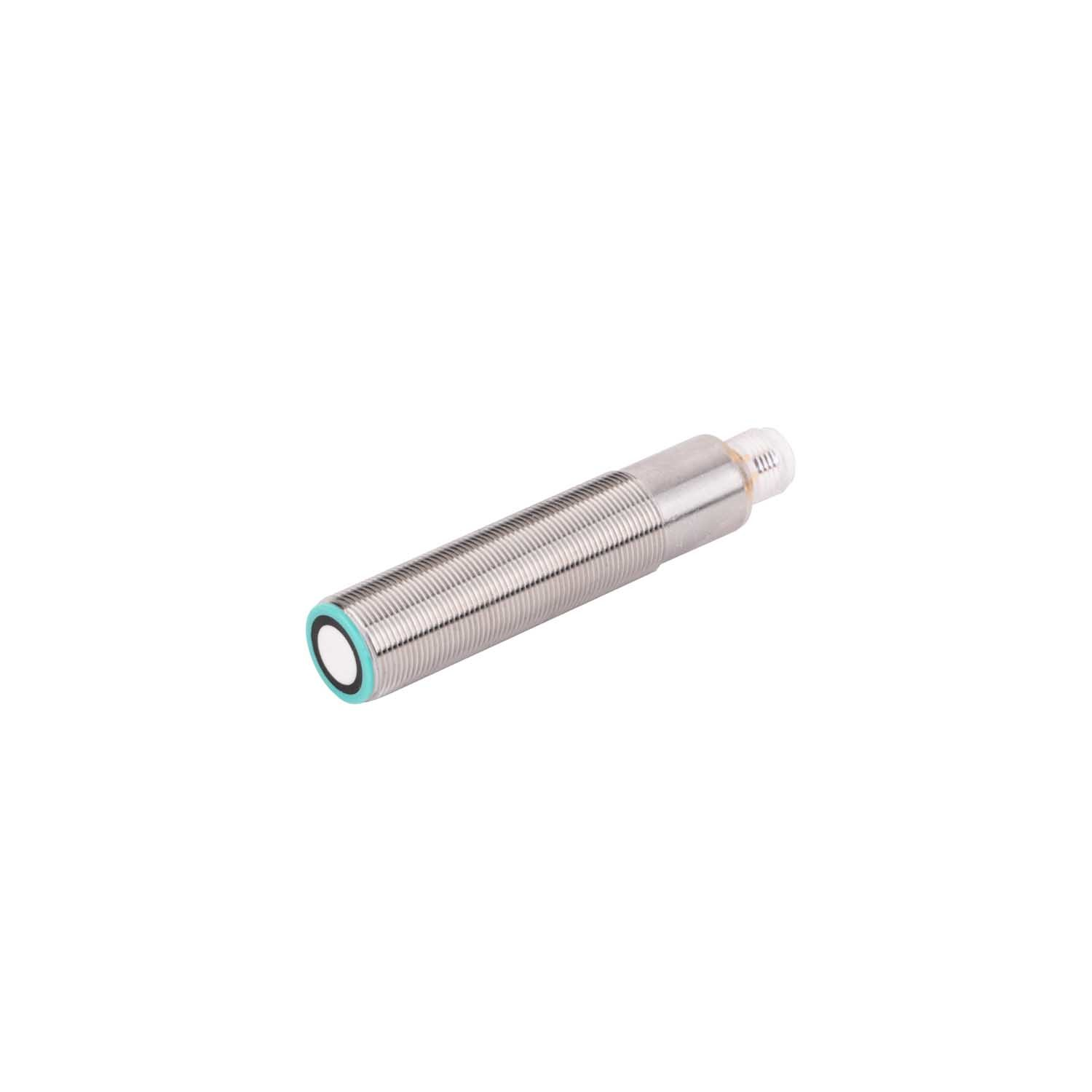proximity sensor types
Proximity sensors are sophisticated detection devices that identify the presence or absence of objects without physical contact. These sensors employ various technological principles including inductive, capacitive, photoelectric, and ultrasonic methods to detect targets. Inductive sensors excel at detecting metallic objects using electromagnetic fields, while capacitive sensors can detect both metallic and non-metallic materials through electrostatic field changes. Photoelectric sensors utilize light beams to detect objects, offering long-range detection capabilities, and ultrasonic sensors emit sound waves to measure distance and presence. These devices find extensive applications across industrial automation, automotive systems, consumer electronics, and security systems. Modern proximity sensors feature advanced capabilities such as adjustable sensing ranges, digital output options, and enhanced immunity to environmental interference. They play crucial roles in assembly lines for parts detection, automatic doors for presence sensing, mobile devices for screen control, and vehicle parking assistance systems. The technology continues to evolve with improvements in accuracy, response time, and integration capabilities, making these sensors increasingly valuable in both industrial and consumer applications.










